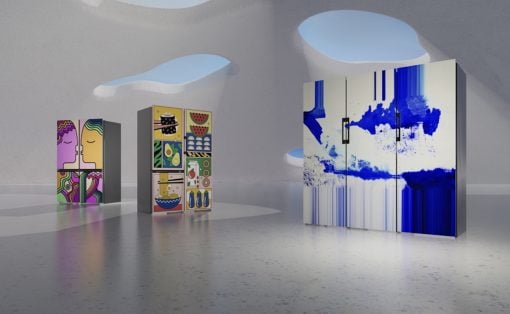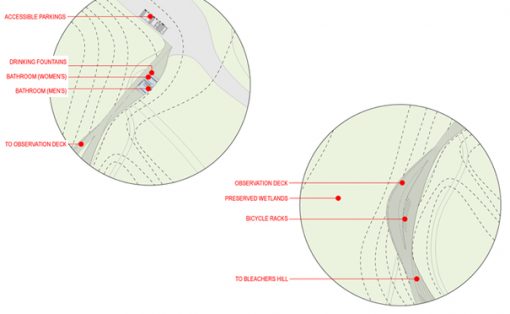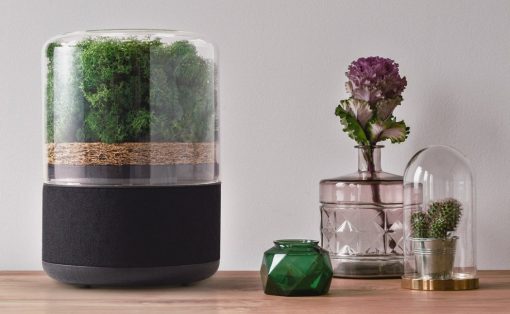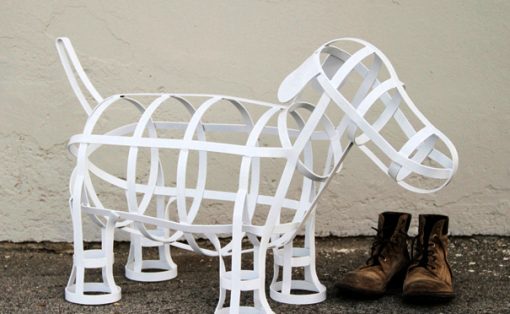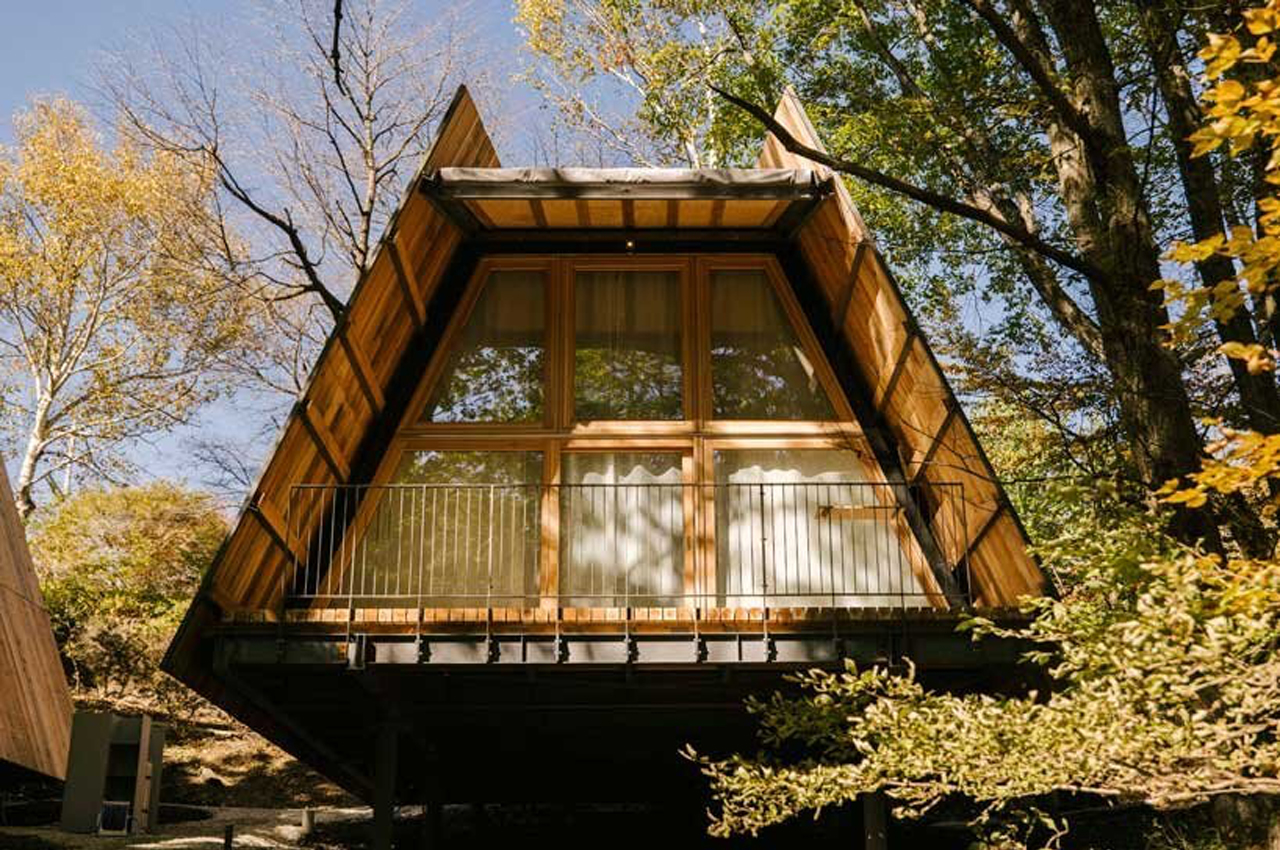
There’s something about Japanese-inspired architecture that instantly soothes your soul, and envelops you in a warm and fuzzy feeling. Maybe it’s the unique minimalism, the timeless elegance, the artful usage of wood, or simply the zen-like essence of the structures. Whatever it may be, whenever I come across a Japanese-inspired building, I instantly feel like making it my home, or else I feel like Marie Kondo-ing my own home and giving it a makeover, hoping to integrate some of the clean and clear Japan design philosophy I just encountered. In this spirit of admiration for Japanese architecture, we’ve curated a collection of simple, tasteful, and heartwarming designs that’ll add a bit of Japanese zen to your otherwise hectic workday! From Japanese tiny homes that feature a honeycomb frame to a Japanese A-frame structure that looks like it jumped straight out of a cozy Ghibli movie – these intricate structures promise to be the epitome of Japanese warmth and minimalism.
1. 2nd Home
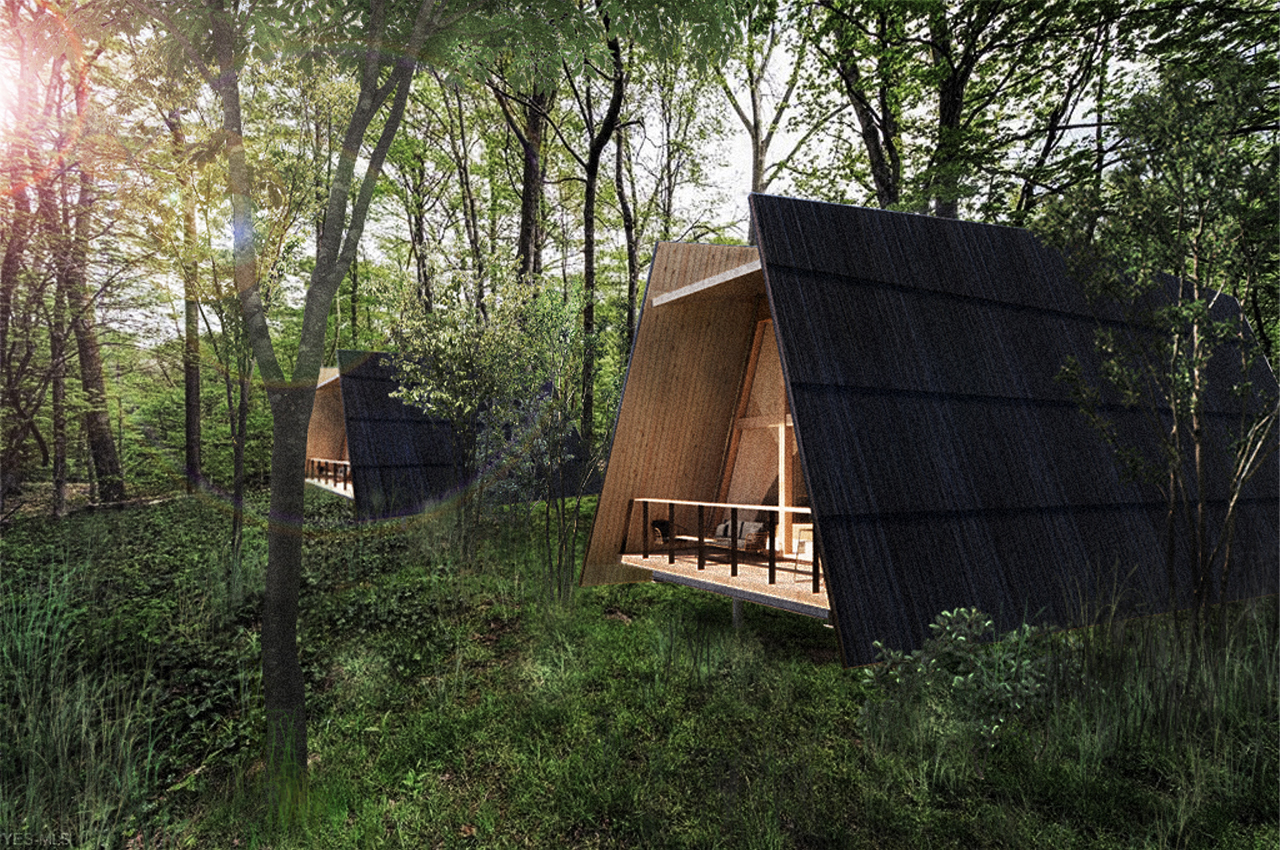
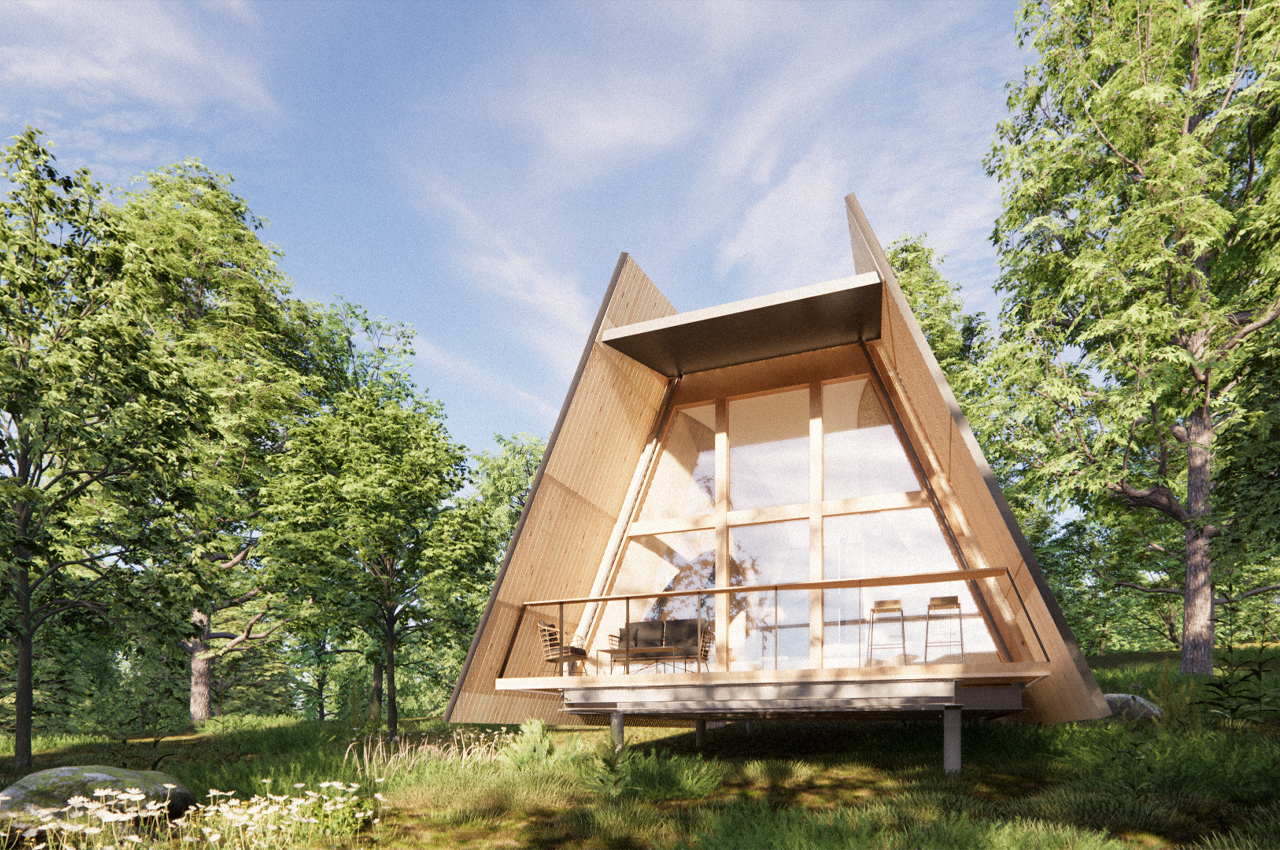
2nd Home is a series of tiny homes planned and built by Japanese startup SANU with minimal building material to immerse travelers in the wonder of nature for a quick respite from the hustle of city living. In planning and constructing the collection of honeycomb timber cabins, SANU ensured a lightweight, replicable design using only a small number of building materials to get the job done. Each 2nd Home cabin is built prefabricated from 100% Japanese cedar and fastened to the site by six piles, which hardly impact the preexisting landscape. Considering the cabin’s easy assembly system, SANU built 2nd Home to be easily dismantled as well, allowing the building materials to be reused for future projects.
2. Hara Hara
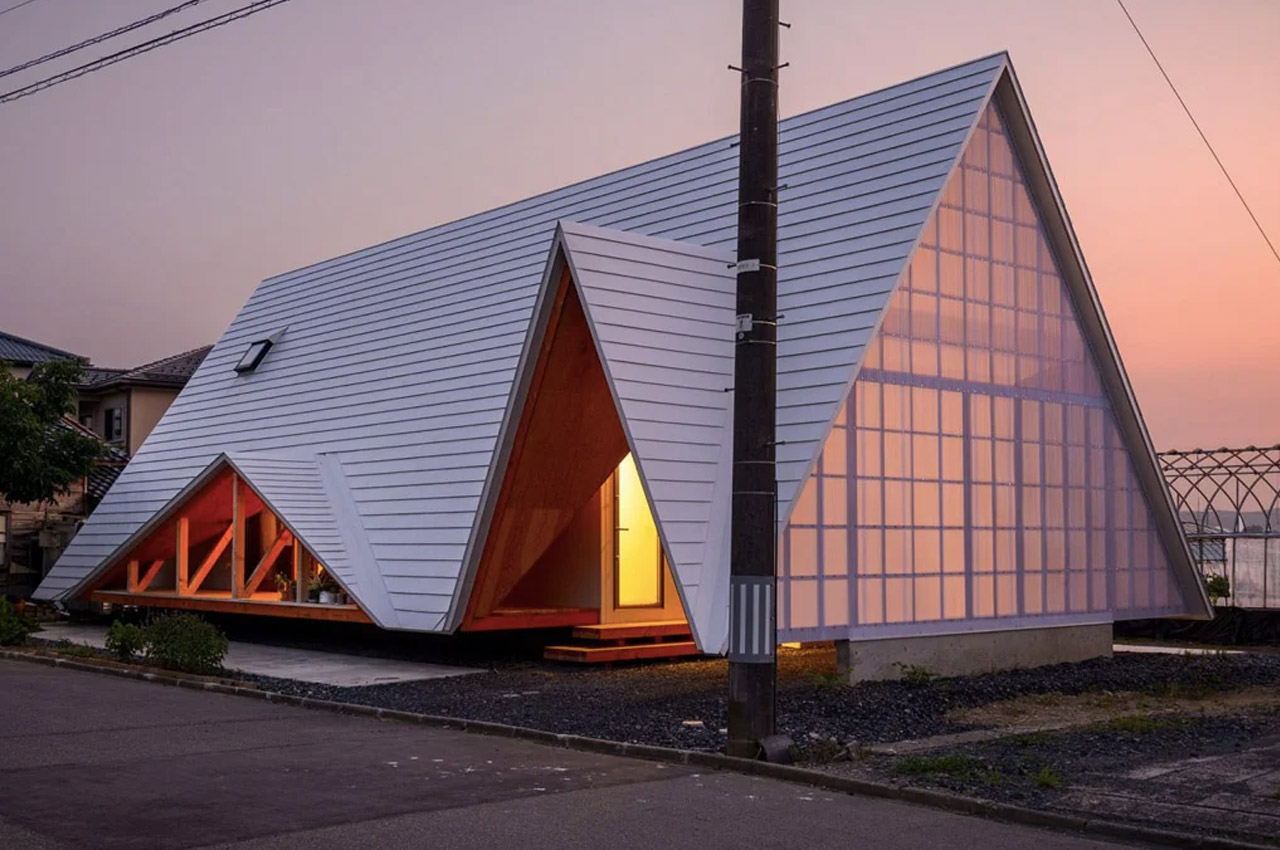
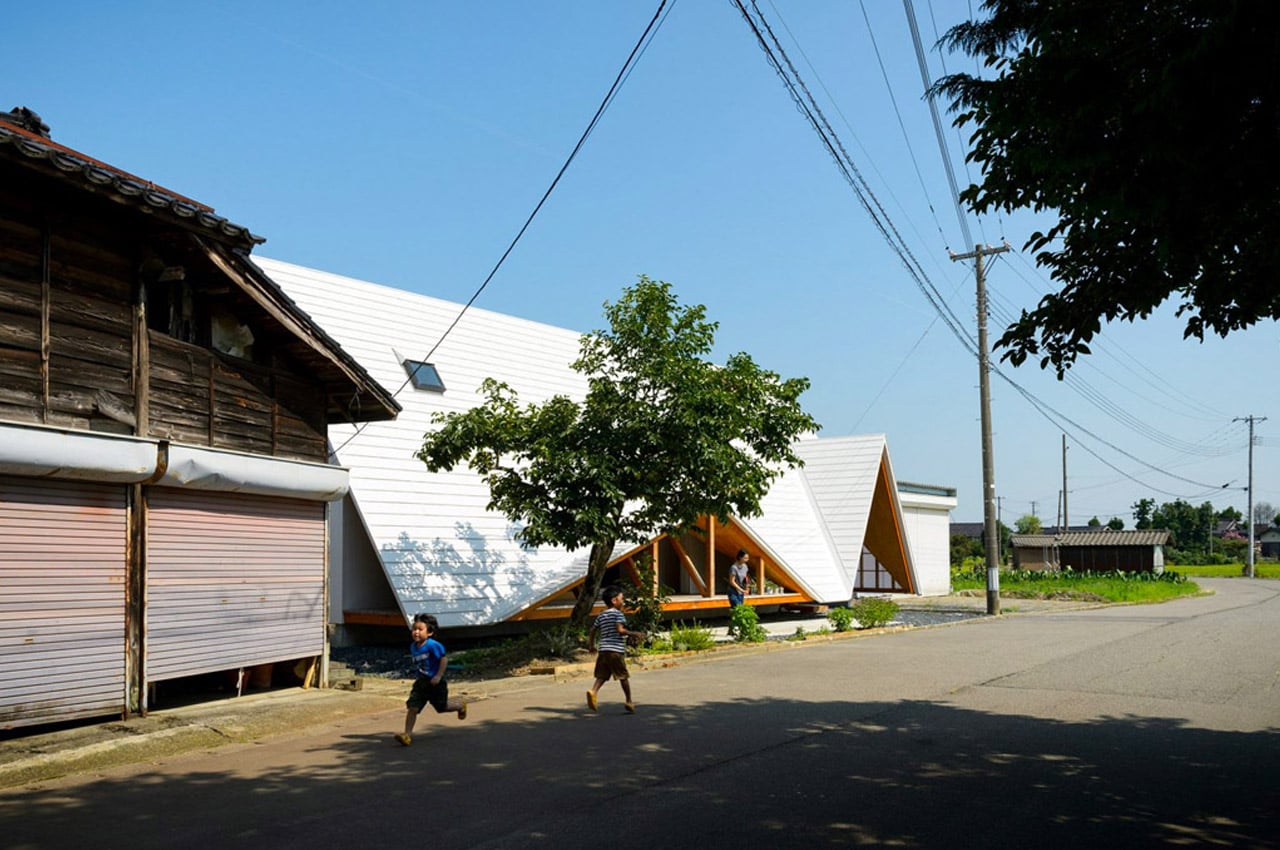
The Japanese studio Takeru Shoji Architects created a tent-shaped home named Hara Hara in an agricultural village in Nagaoka, Niigata Prefecture. Designed to look like a tent, the home was created with multiple openings, inculcating a direct connection with the neighborhood and surroundings, allowing neighbors to stop by and have a quick chat in ease. The client wanted an open and welcoming home, that encouraged free-flowing communication with the surrounding buildings. Hara Hara is a simple and minimal two-story home built from timber, with a sloping triangular roof, adding to the tent-like impression of the home. Workshops, events, meetings and other gatherings held in the home can easily extend beyond the house as well, creating an extensive, engaging, and communal space where people can conveniently meet, connect and interact.
3. Minima
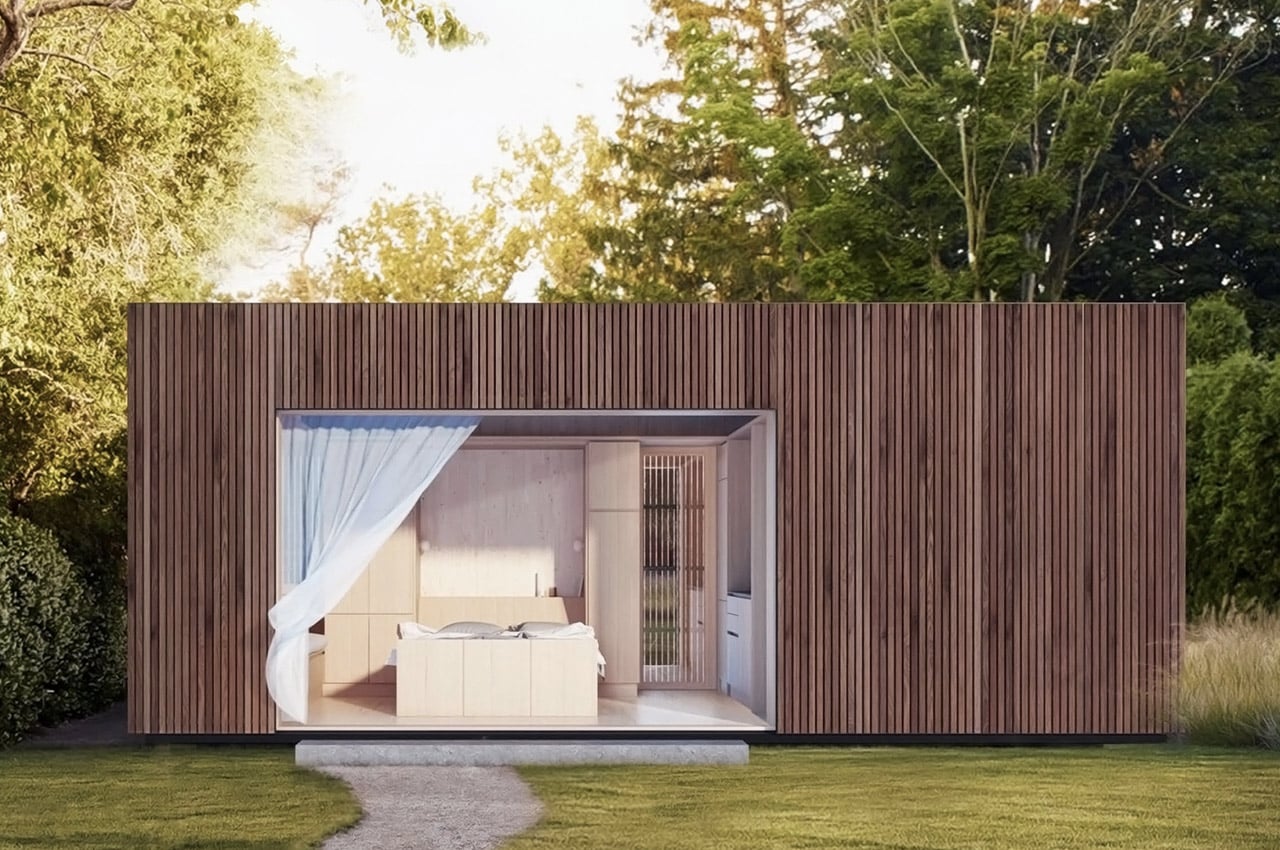
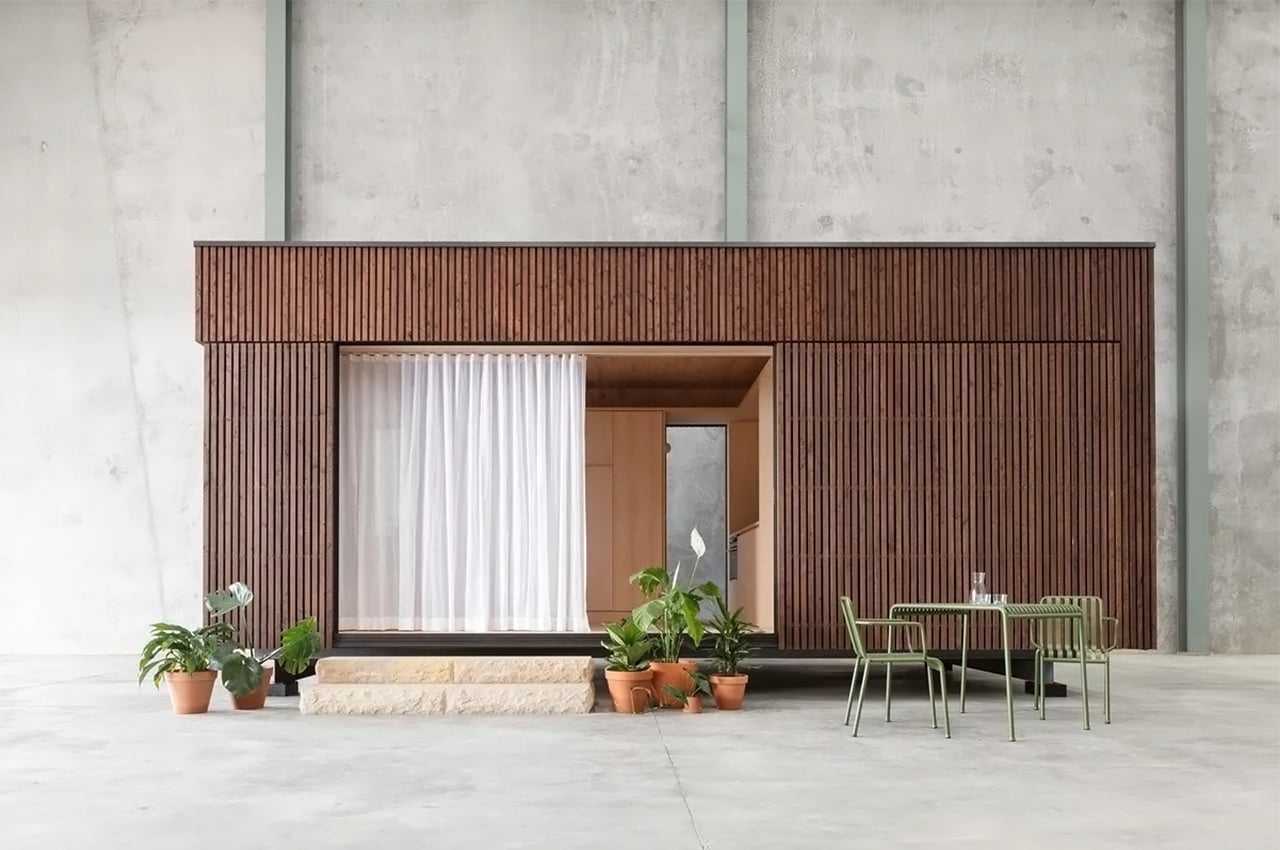
Minima is a 215-square-foot (20-square-meter) prefab module designed to be a flexible structure to serve as a standalone tiny home or as an additional unit in the backyard that can be used as a home office or spacious guest house. It is constructed with CLT (cross-laminated timber) which is a sustainable material and cuts down on the carbon emissions that concrete produces. The modern micro-home is giving me major Japandi vibes! The boxy exterior is clad with a skin of cypress battens and a steel roof which maintains its minimal look. The unit has a streamlined, modern profile that still feels warm and human-centric.
4. The Nook
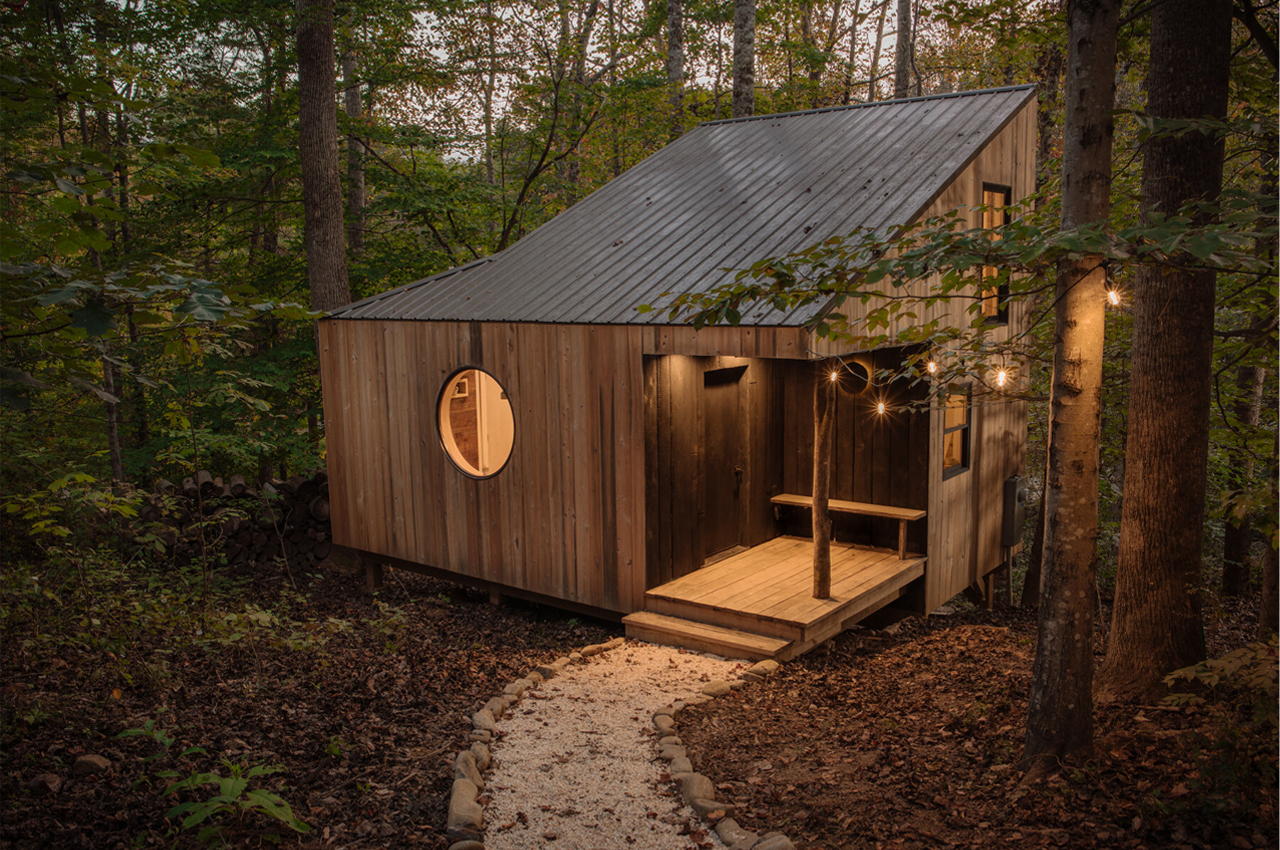
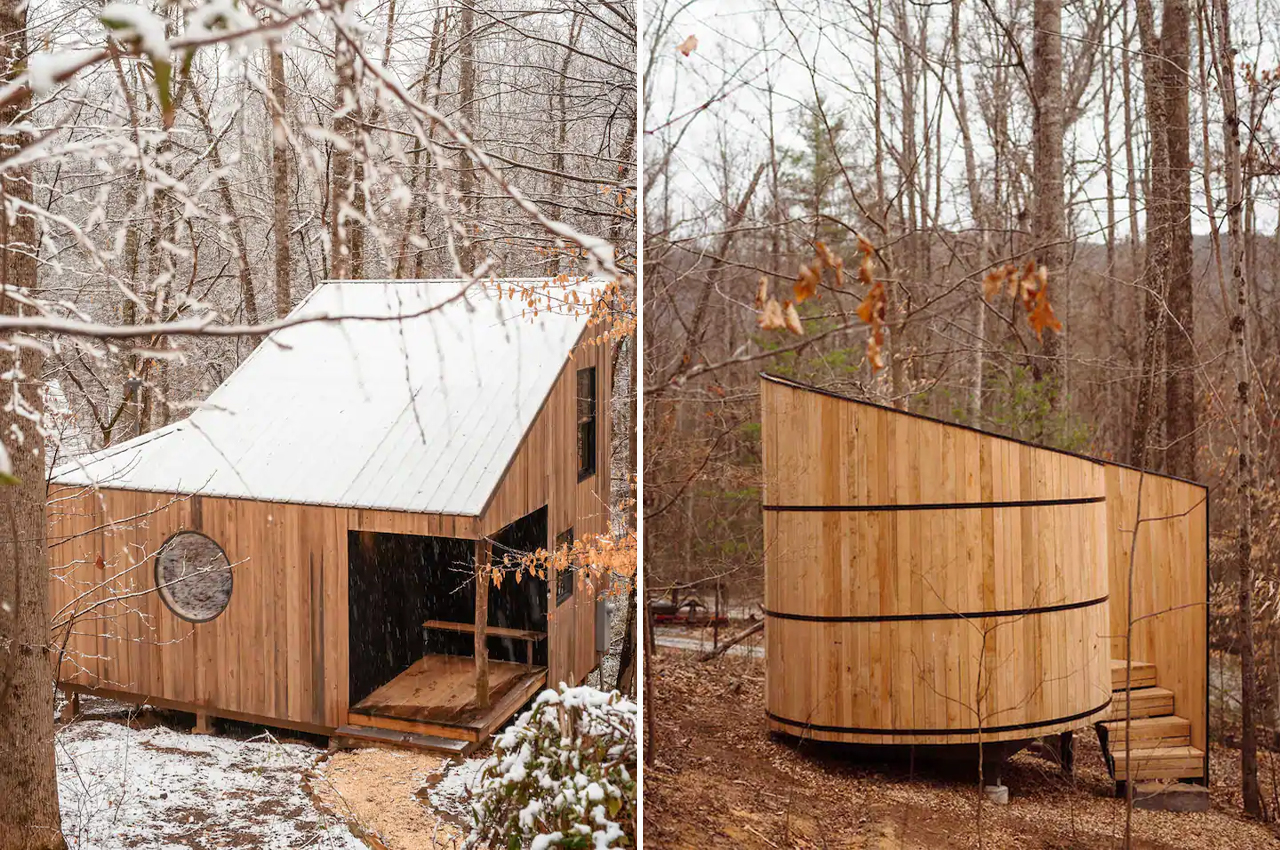
Brimming with artisanal goods and artwork of local craftsmen and artists, The Nook was designed to bring the handcrafted touch of the old world into the modern era. Described as a “collection of stories,” Belleme designed The Nook to link his personal history to the surrounding forest and architecture of the cabin. The tiny cabin is constructed from a collection of locally felled trees that Belleme memorized during a five-year stint spent in the Appalachian woods, during which he learned primitive building skills like creating a path of hand-split logs that leads to The Nook’s front entrance. The timber that gives rise to The Nook varies between white oak, red oak, black walnut, and black locust all to mirror the trees that surround the tiny cabin.
5. The House in Akashi
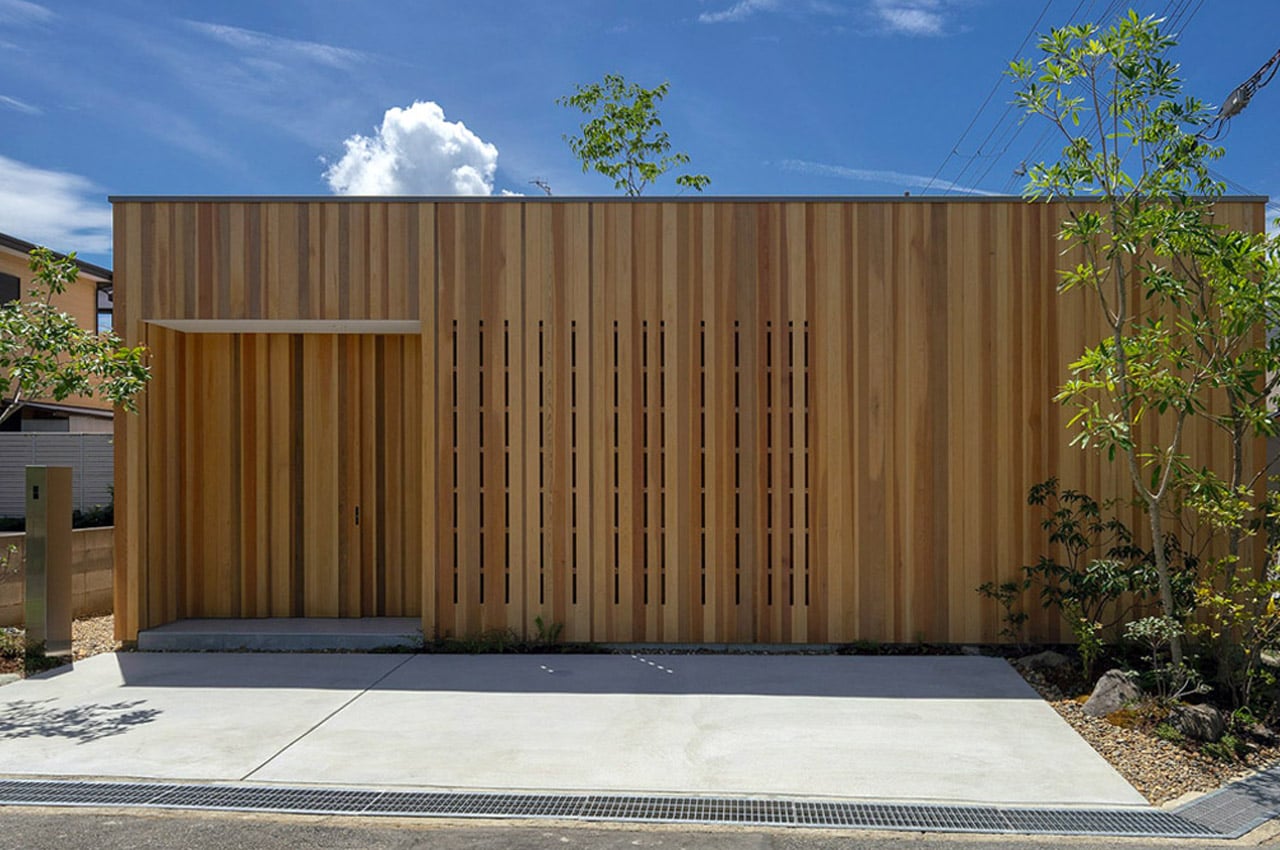
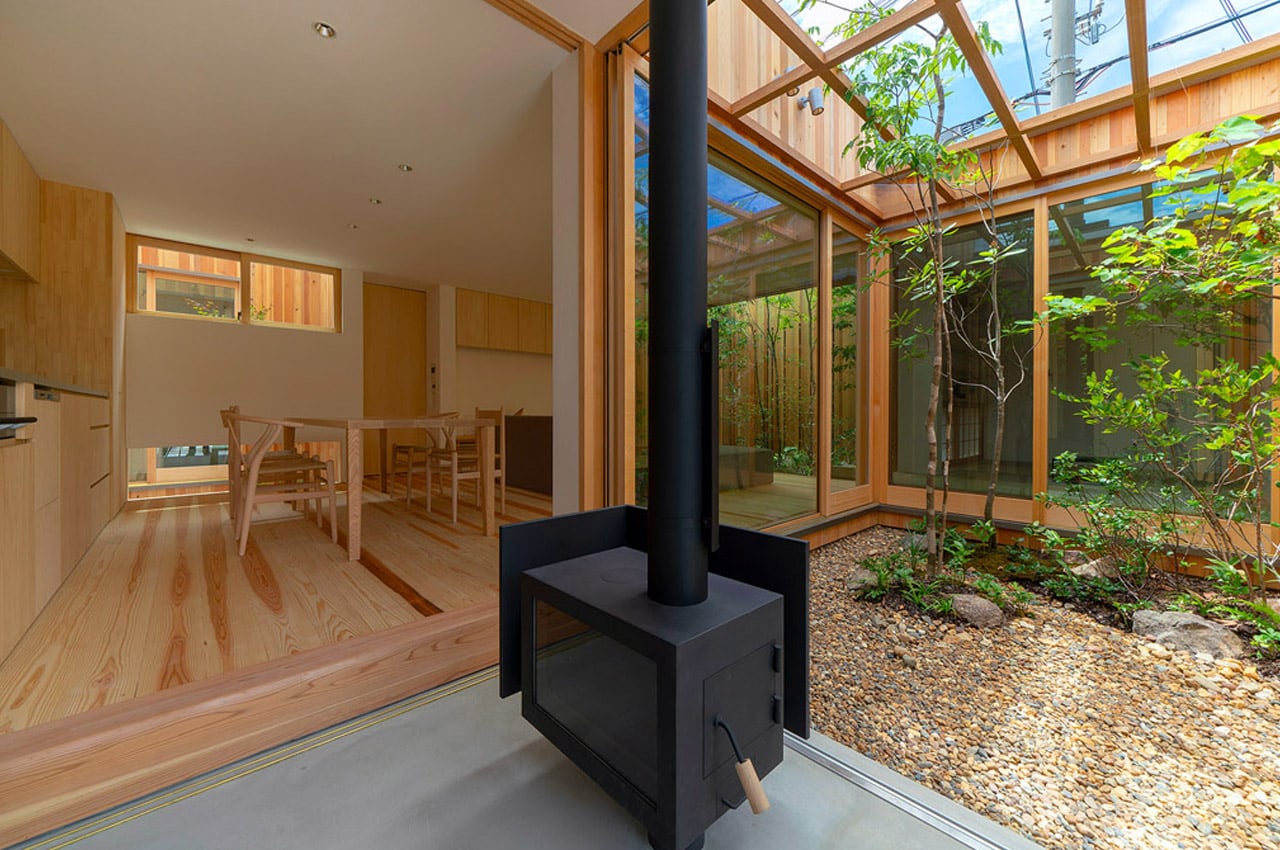
Designed by Arbol, The House in Akashi is a minimal bungalow created from timber, placed in a quaint neighborhood. The home’s most intriguing feature are the three artfully hidden interior courtyards, which can be used for growing food and drying laundry. The courtyards form the central section of the home, with the remaining space and rooms facing towards them. Subtle openings and slits in the wooden facade allow one to look out into the street, and also bring in natural ventilation and lighting into the home. The entire home seems to be lacking doors, with each space flowing freely into another, with only small steps or changes in the floor finishing to create a differentiation between them.
6. Four Leaves Villa

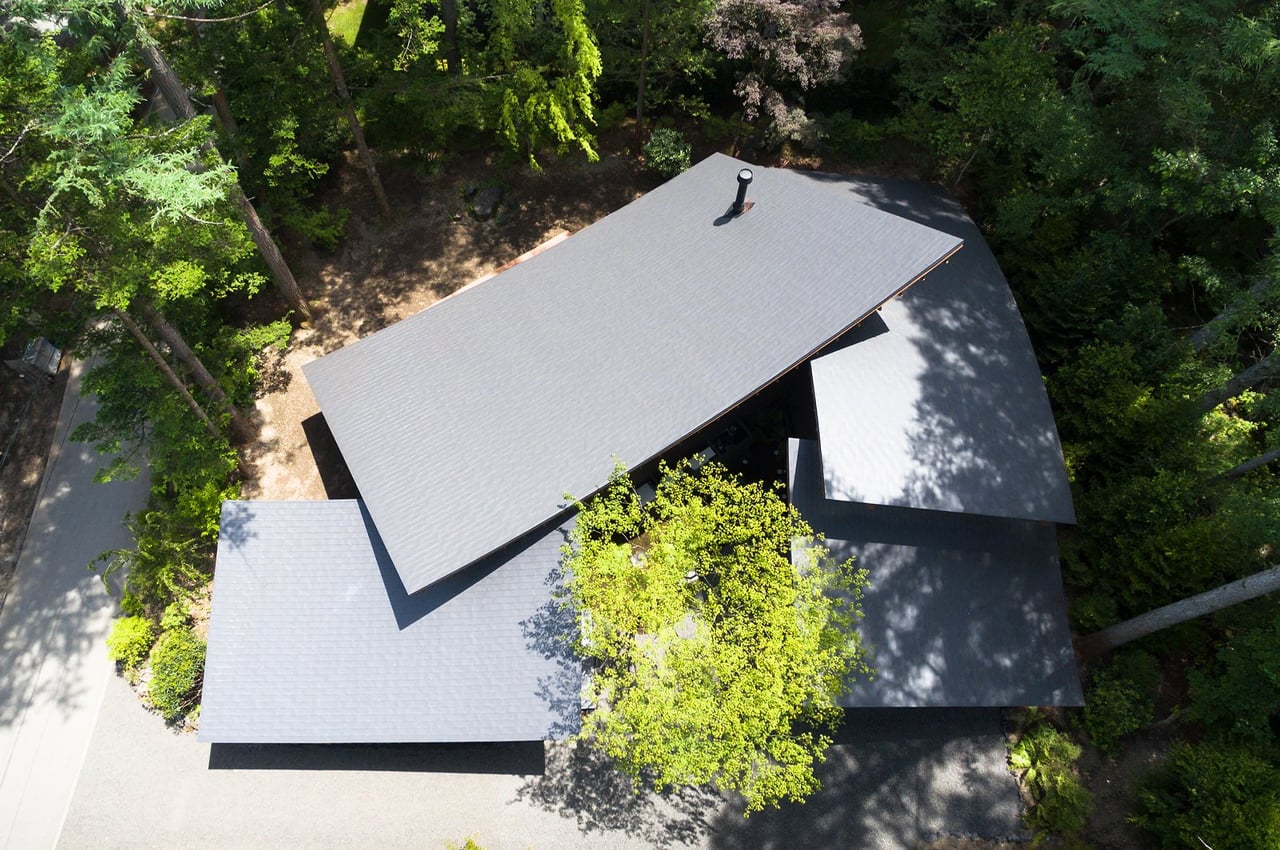
Four Leaves Villa designed by Kentaro Ishida Architects Studio (KIAS) is a form of organic architecture with a gently twisted, multi-tiered roof that mimics the sloping curve of fallen leaves and a central garden courtyard, the home’s concealed centerpiece. Organic architecture is a philosophy of architecture with a primary goal of harmonizing human habitation with nature. Following the philosophy of organic architecture, the varying orientations of Four Leaves Villa’s living and dining spaces were specifically chosen with consideration to the use of each space and the amount of natural sunlight that might benefit each room’s function.
7. Goan
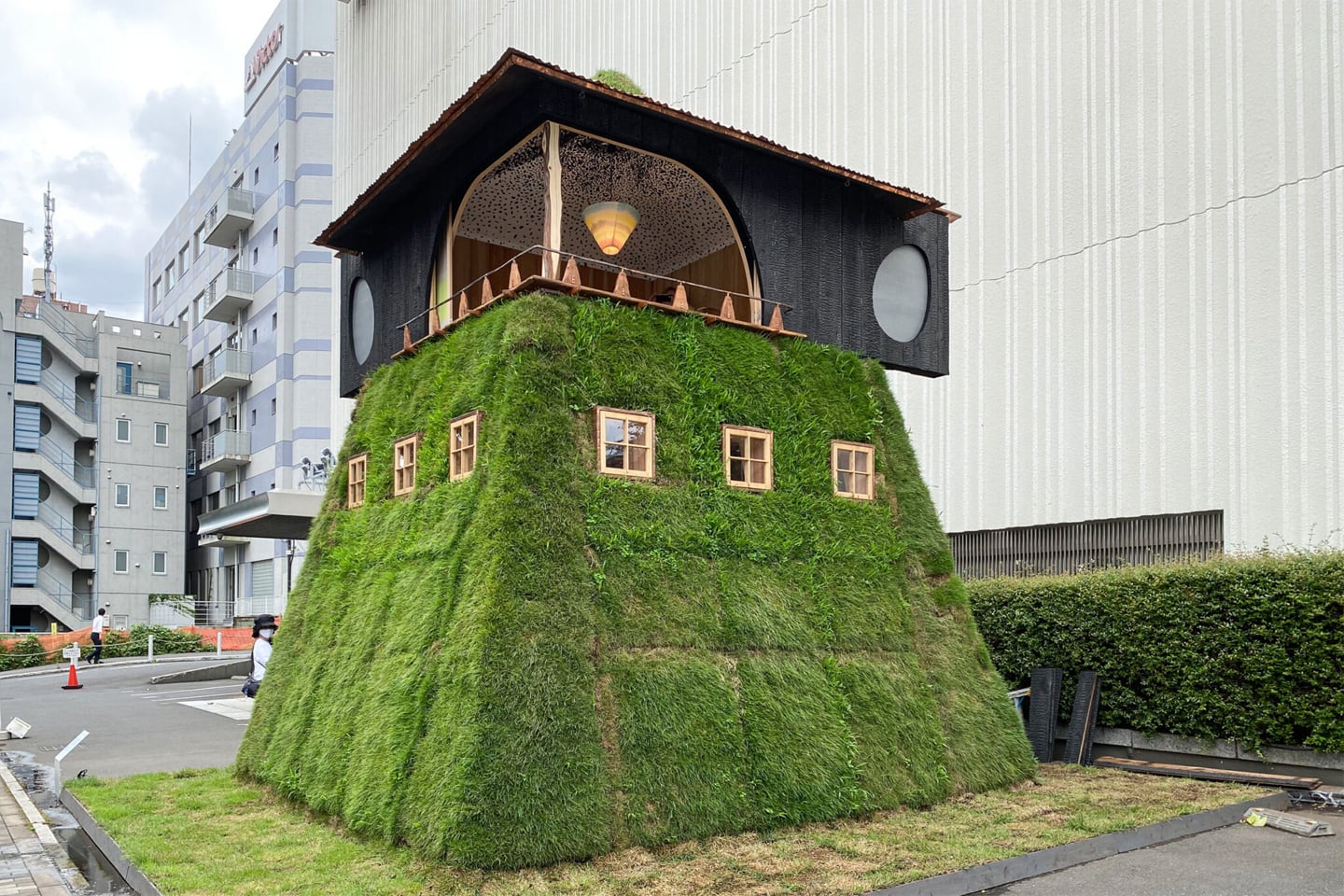
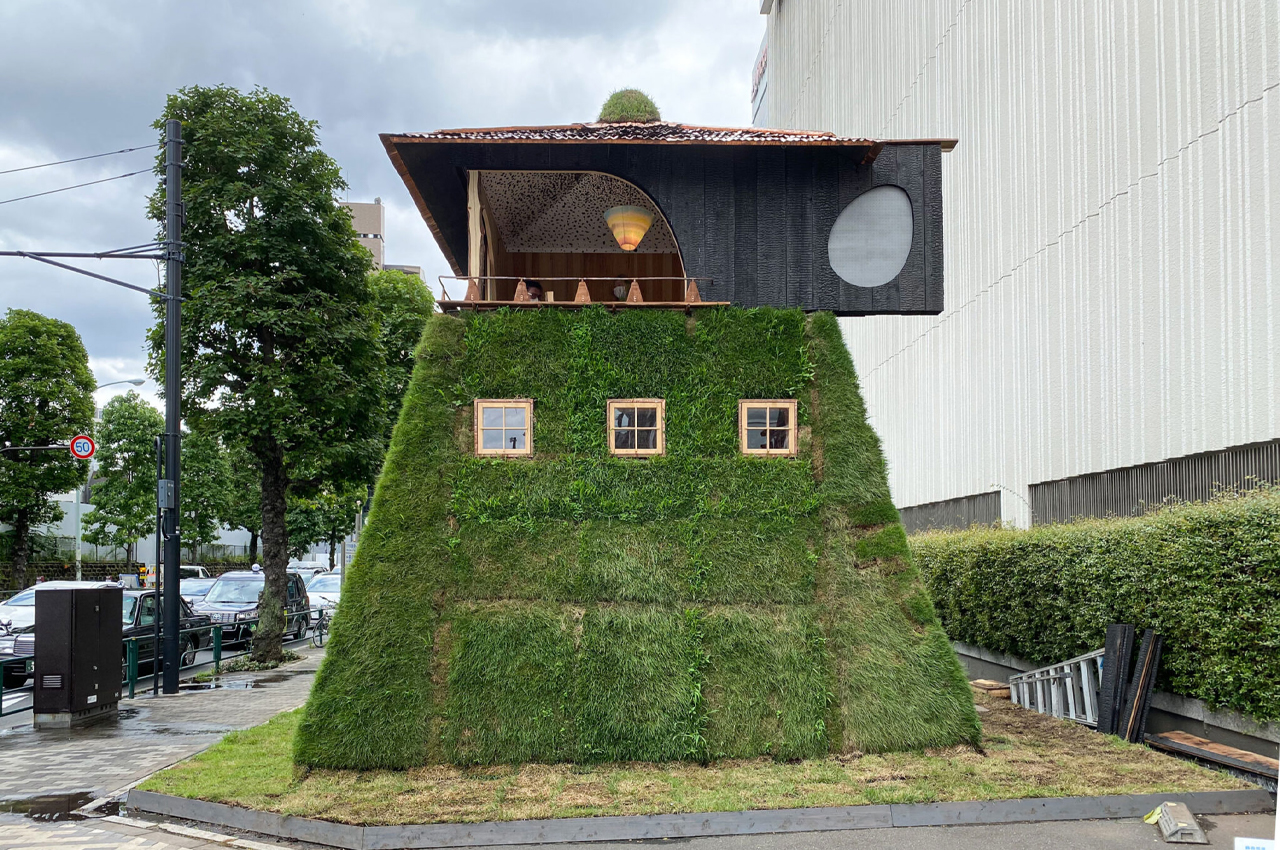
Japanese architect and architectural historian Terunobu Fujimori is known for his quirky teahouses and fondness for unusual city structures. His latest tea house transports an elf’s cottage from the pages of a fairytale to the concrete of Tokyo. Featuring grassy facades, timber treated with yakisugi, and a lofty vista point, the teahouse, called Goan, is sightly positioned in front of the new National Stadium of Tokyo where it remained until 5 September 2021 in celebration of the 2020 Summer Olympics. Poking out from the corner of one facade, visitors can crawl through a circular hole, traditionally known as a ‘Nijiriguchi,’ to gain entry to the tea room’s interior. Moving inside, visitors pass through the grassy exterior and are welcomed by an entirely unstained wooden first floor. Functioning as a reinterpretation of ‘Nijiriguchi,’ a small wooden staircase and ladder connects the bottom floor with the upper tea room.
8. The Cardboard Sleep Capsule
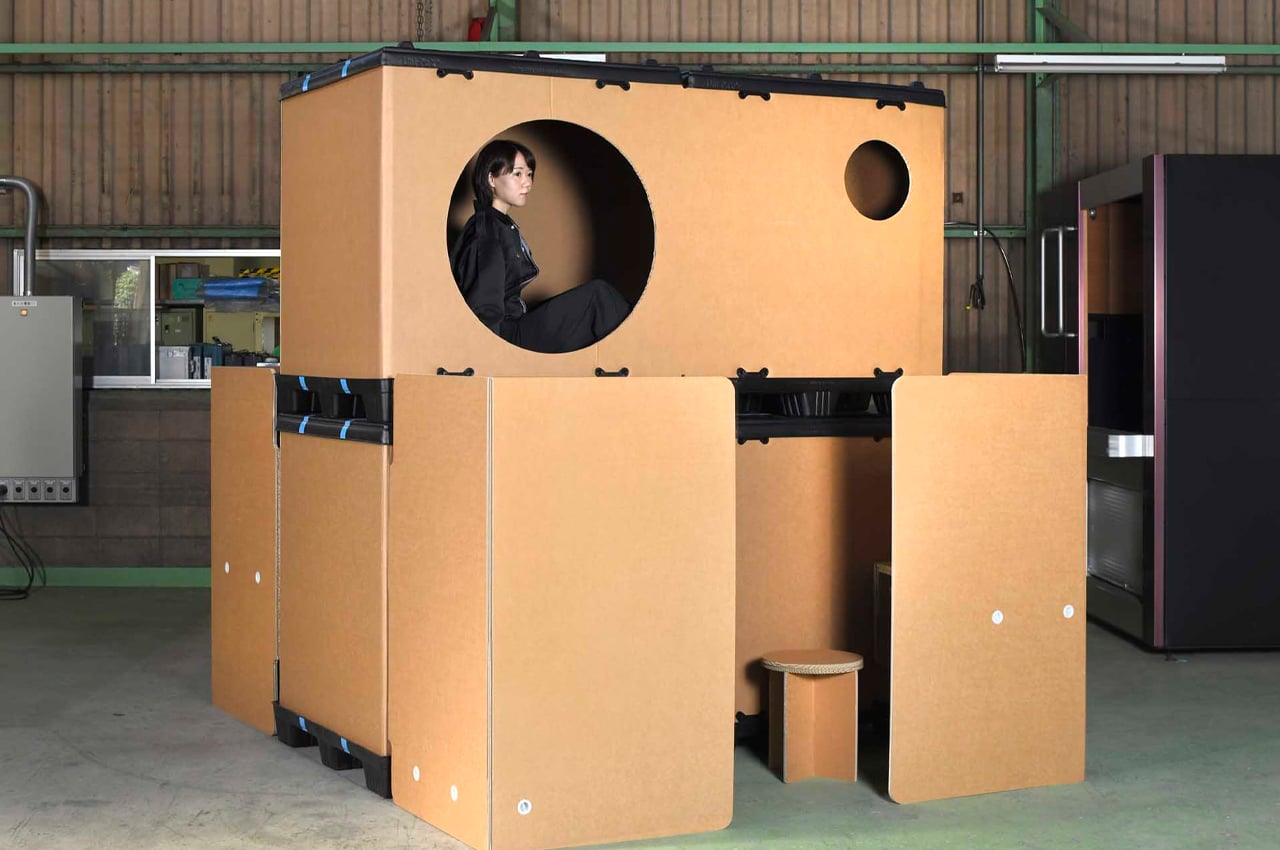
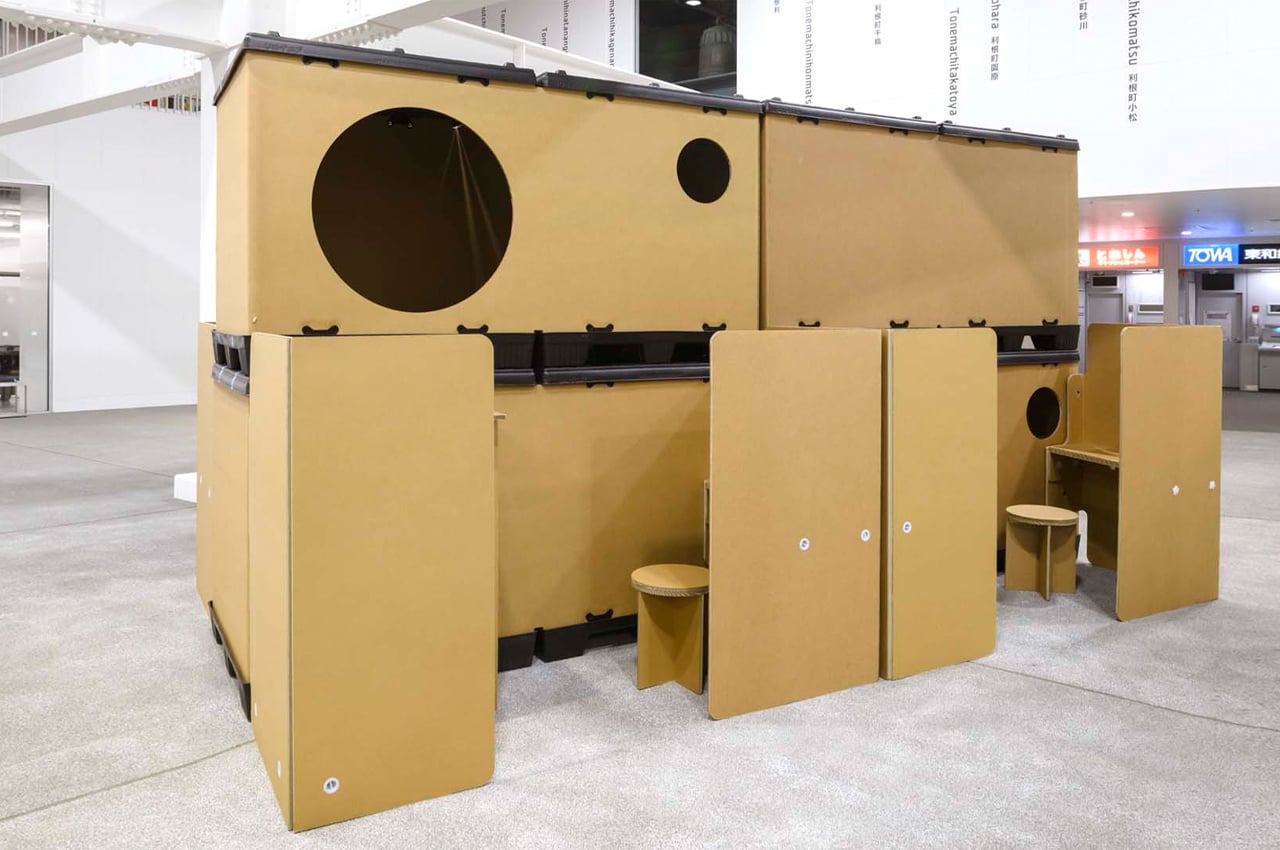
The Cardboard Sleep Capsule was designed for those experiencing displacement from natural disasters like earthquakes or medical emergencies, including those related to the COVID-19 pandemic. Atelier OPA constructed the Cardboard Sleep Capsule to unfold into two floors, containing two sleeping areas, a set of stairs, and a separate working space equipped with a desk and chair. The capsule shelter comes prefabricated with a foldable design, comprising a compact shipping size when folded, shrinking down to ¼ the size of its unfolded dimensions. Carrying such a small folded size, the Cardboard Sleep Capsule has been received positively by international governments, who have thought of storing the cardboard castles away before use in public gymnasiums and emergency arenas.
9. Kengo Kuma’s Pavilion
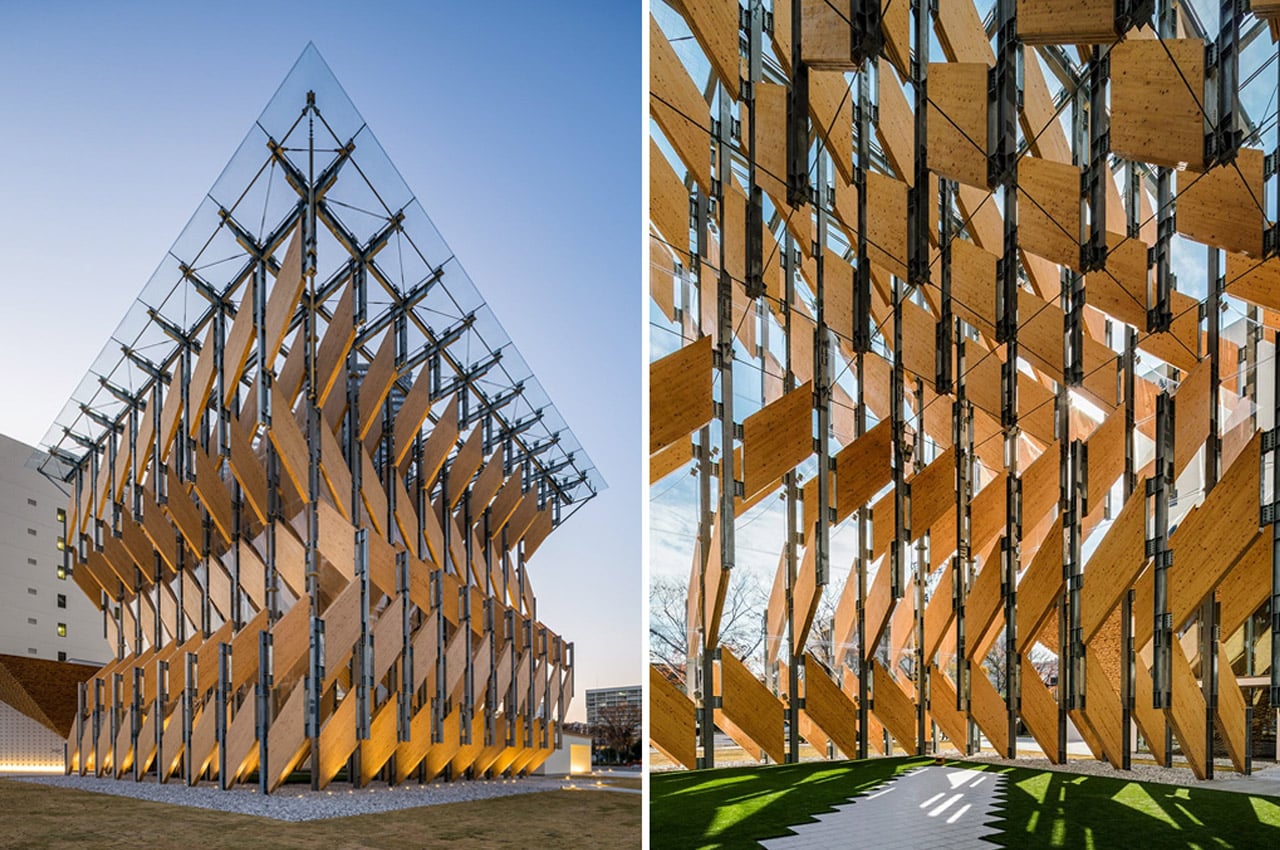
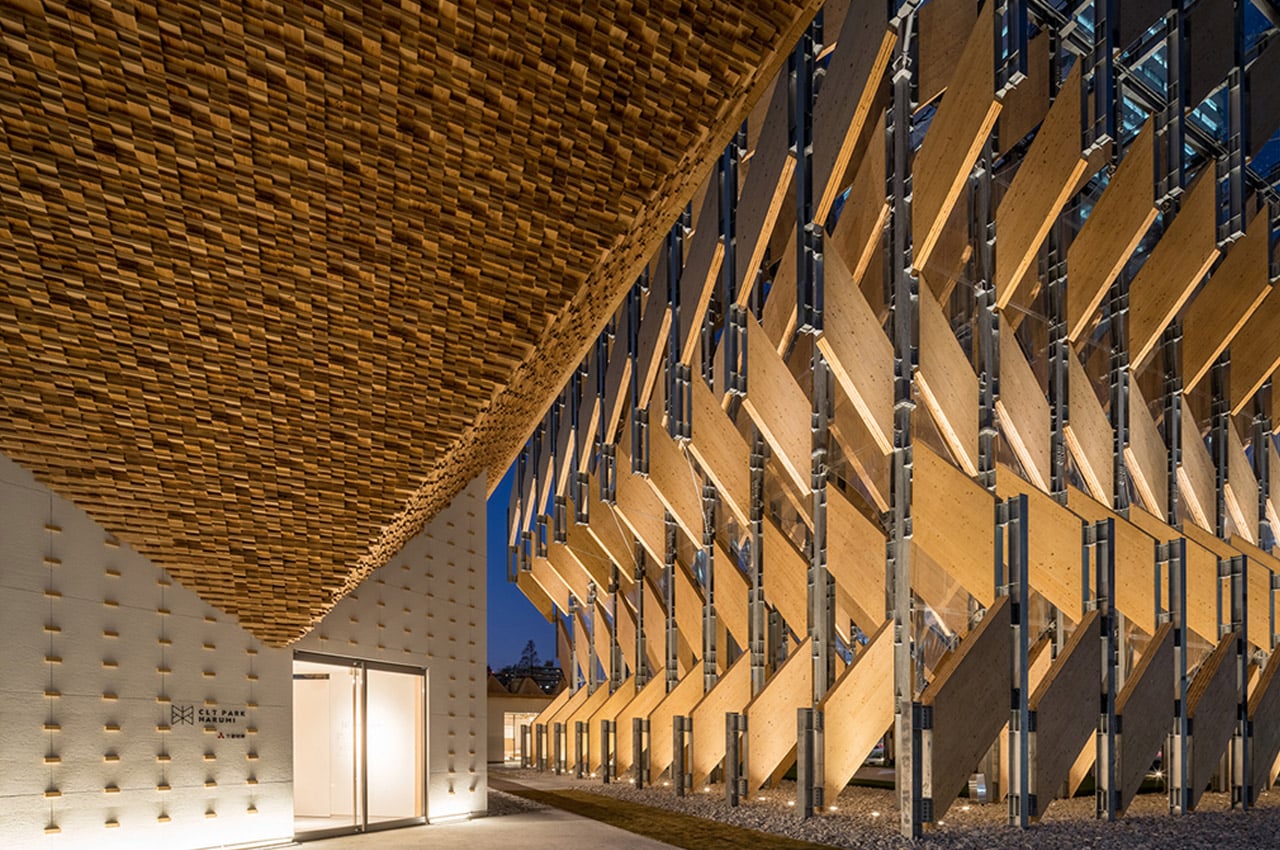
The designers behind Harumi’s temporary pavilion used a steel frame as the structure’s base, over which CLT panels were overlaid to create a multi-paneled facade that spirals and crests towards the open sky. CLT panels, or Cross-Laminated Timber, are appealing for their prefabricated, lightweight yet durable quality and their neat installation process which has a low overall environmental impact. While the CLT panels form a zig-zag pattern and overlap one another from their orthogonal gluing process, exposed gaps of open-air needed covering. Preparing for fits of bad weather, KKAA bordered the gaps of air with transparent pieces of copolymer film called, TEFKA.
10. Iam Sauna
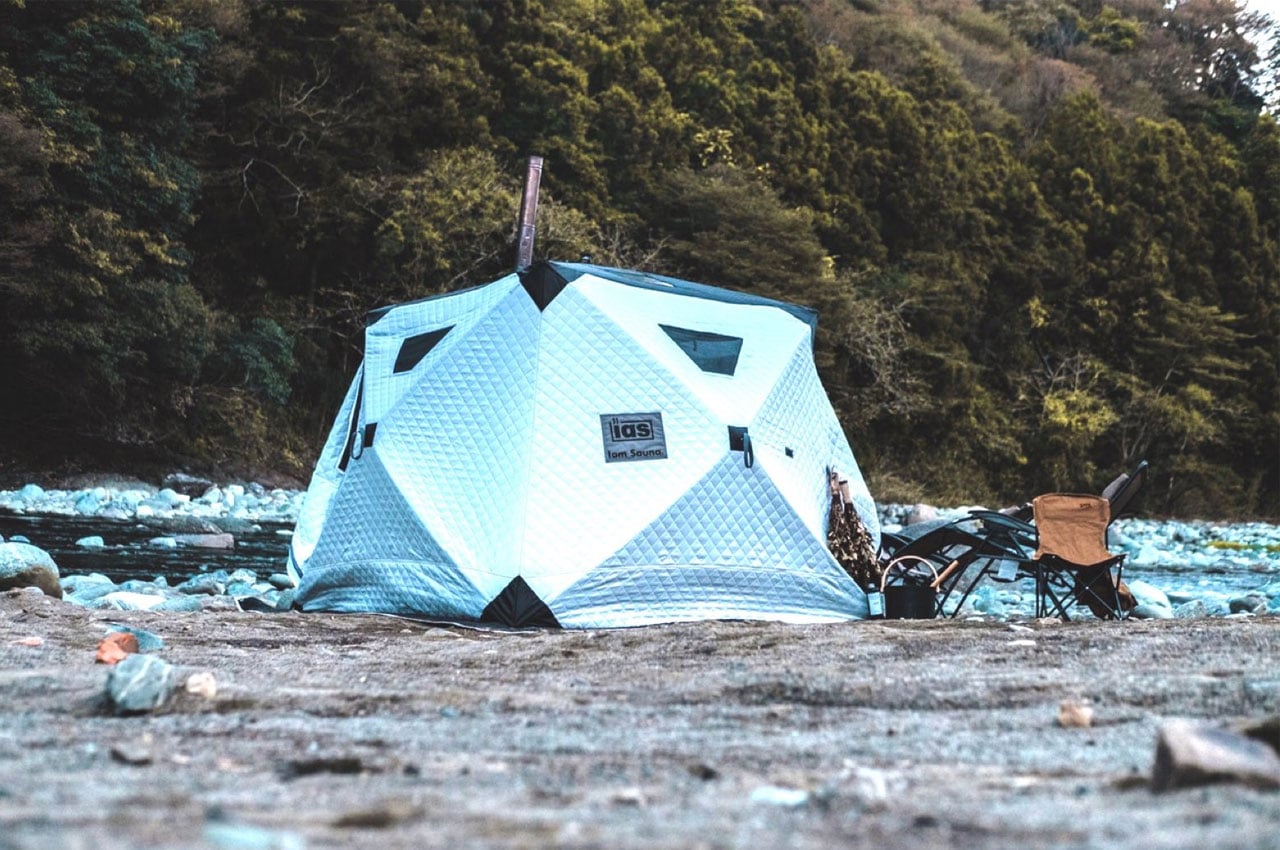
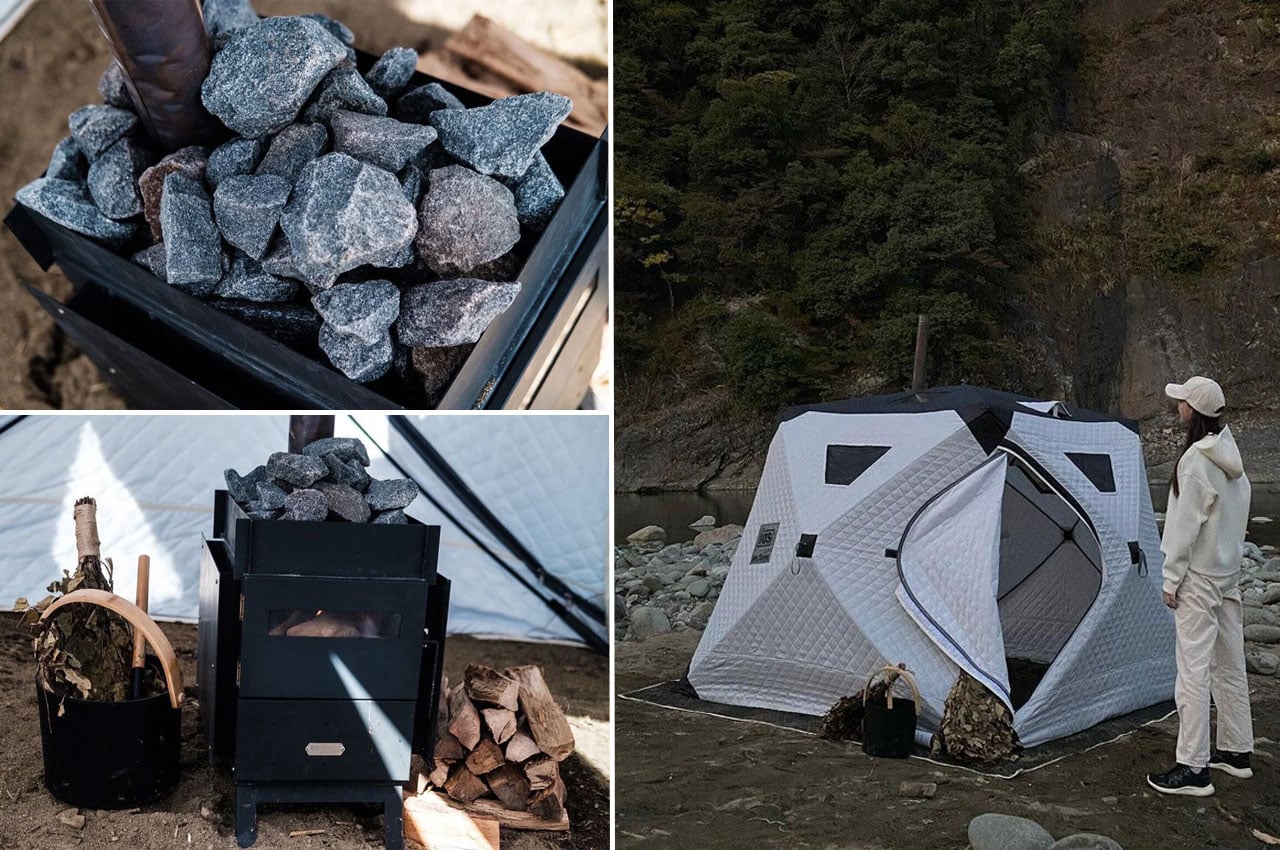
Iam Sauna is a lovely tent-style sauna provided with a wood-burning stove that allows people to enjoy the outdoors even in the cold weather to regain the lost energy after a long day. A Japanese-style sauna tent is extremely portable; you can carry it along whether you’re biking it up or driving for a picnic with your family. In addition to portable design, the sauna tent is effortless to set up. A single person can install the tent in under a minute. One will be required to stretch out the pull tabs on all four sides and instantly, a stable and usable tent is ready. Heat up the wood-burning stove and in minutes you have your personal sauna ready. Whether you’re tired after a hike or simply want to experience a sauna by the lake, Iam Sauna can let you do that.



